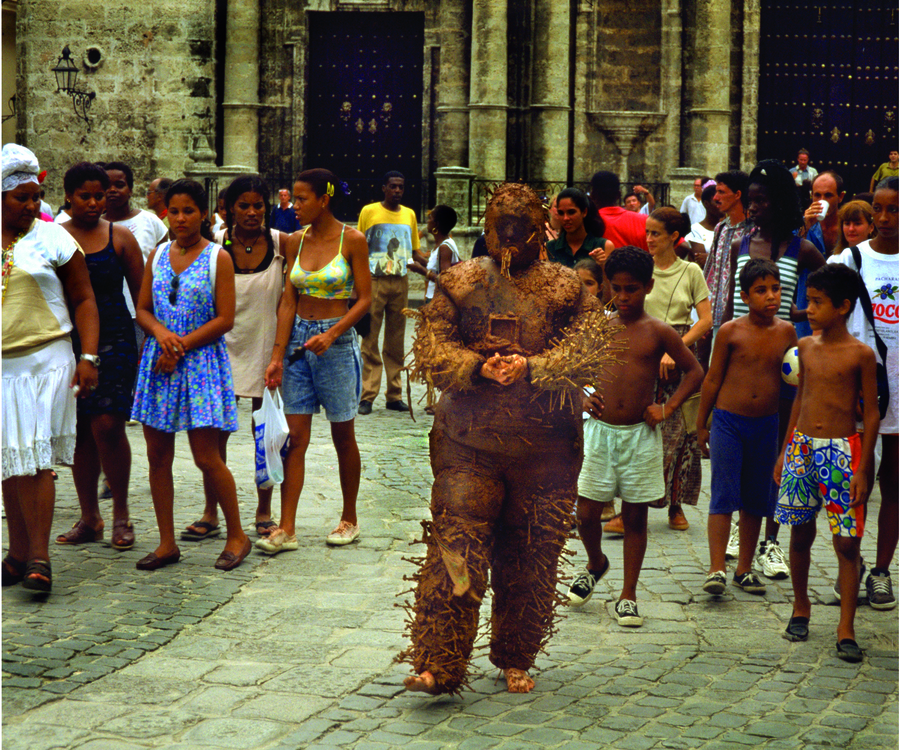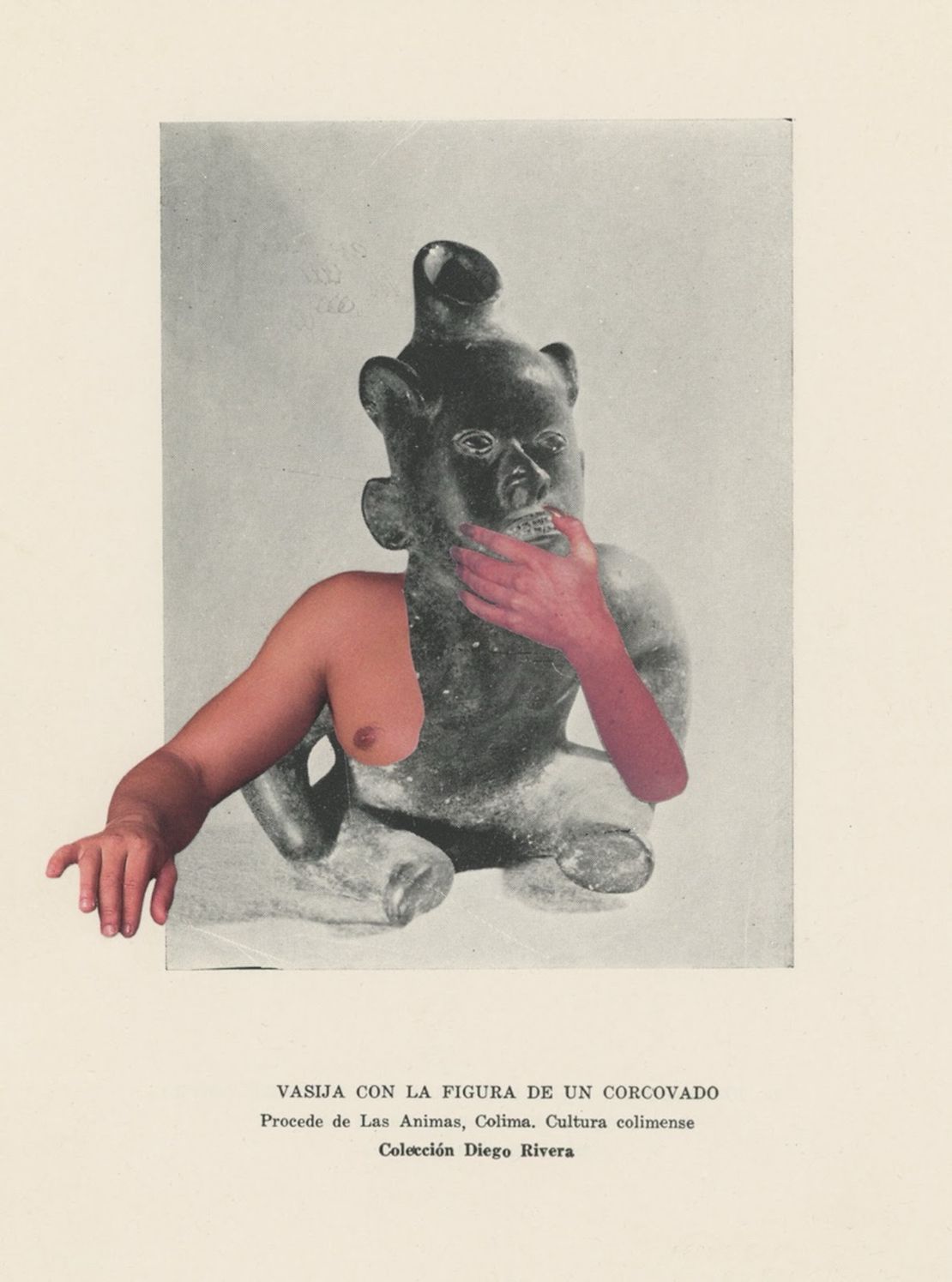Abstract
Bruguera’s work is connected to the body and cultural heritage, as it addresses ritual objects as fundamental elements in the practices and beliefs of a specific culture. These objects are closely linked to the body, whether through their use in rituals involving the physical presence of the body or through their symbolism associated with spiritual or sacred aspects of the human body. These objects are considered part of a community’s cultural heritage due to their historical, cultural, and artistic value. They represent an inheritance passed down from generation to generation, and their preservation and study contribute to the understanding and appreciation of the cultural identity of a specific group.
Displacement explores the intricate connection between religious faith and trust in the effectiveness of governing authorities within a community. Central to the artwork is a Nkisi Nkonde, a religious fetish originating from the Congo and utilized by practitioners of the animist religion to communicate their desires to the object. The Nkisi Nkonde is “charged” or activated by including relics or bodily parts from a deceased individual. Each nail embedded in the object symbolizes the fulfillment of a wish made for it. The belief surrounding these power objects is that they possess extraordinary efficacy; however, in return for their assistance, the individual making the request must make a promise as a token of gratitude for the granted wish. Failure to uphold this promise awakens the spirit residing within the Nkisi, prompting it to seek out the person who reneged on their commitment and unleashing its formidable power against them. These objects are held in such high regard and fear that they are occasionally employed as witnesses in transactions or contracts between individuals.

